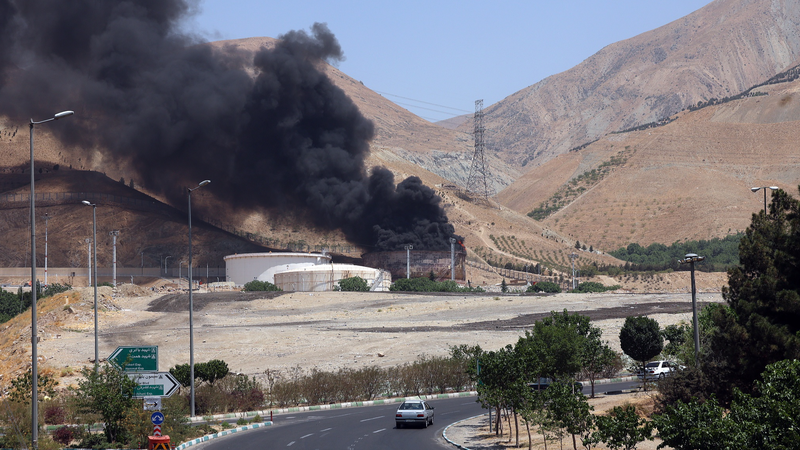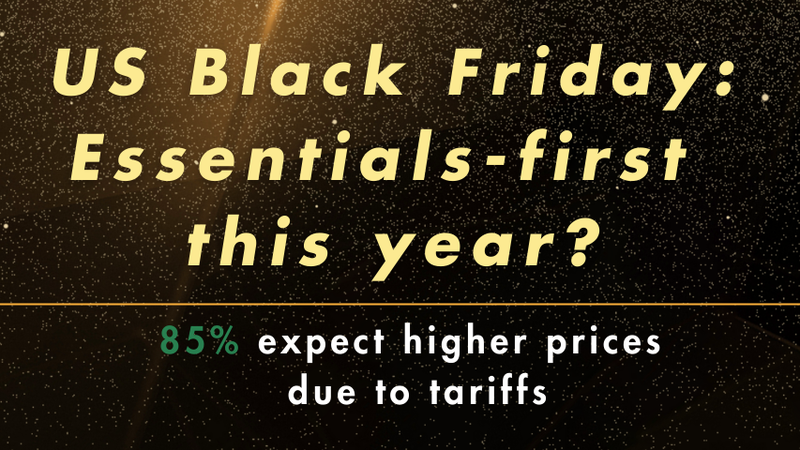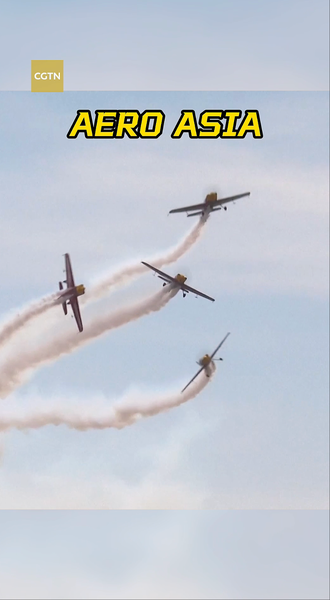As Israel and Iran edge toward a protracted standoff, oil has emerged as the strategic fuel powering endurance on both sides—and beyond. Markets across G20 nations are bracing for ripple effects in supply, prices and geopolitics.
With roughly 150 billion barrels of proven reserves, the Republic of Iran ranks among the top oil holders in the region, using export revenues to fund domestic needs and defense. Israel, meanwhile, relies heavily on imports and global benchmarks. Since the latest skirmishes in the Strait of Hormuz, benchmark prices soared by nearly 10% in the first quarter of the year, pushing some crude grades above $90 per barrel. Volatility in shipping routes and risk premiums are now key factors for traders and policymakers.
Entrepreneurs and tech startups that once counted on stable energy costs are recalibrating budgets—and eyeing innovations in renewables and efficiency. Digital nomads planning trips through Asia and Europe are already feeling the pinch at the pump and in airfares. Meanwhile, thought leaders warn that prolonged conflict could stall progress on sustainability goals and deepen regional instability, spotlighting the need for diversified energy portfolios.
As global audiences watch headlines shift with every new flare-up, one thing is clear: oil remains the linchpin of endurance. From oil tankers rerouting around hotspots to boardrooms assessing balance sheets, the world is gearing up for a long haul in which energy security, not just strategy, will shape the outcome.
Reference(s):
cgtn.com




